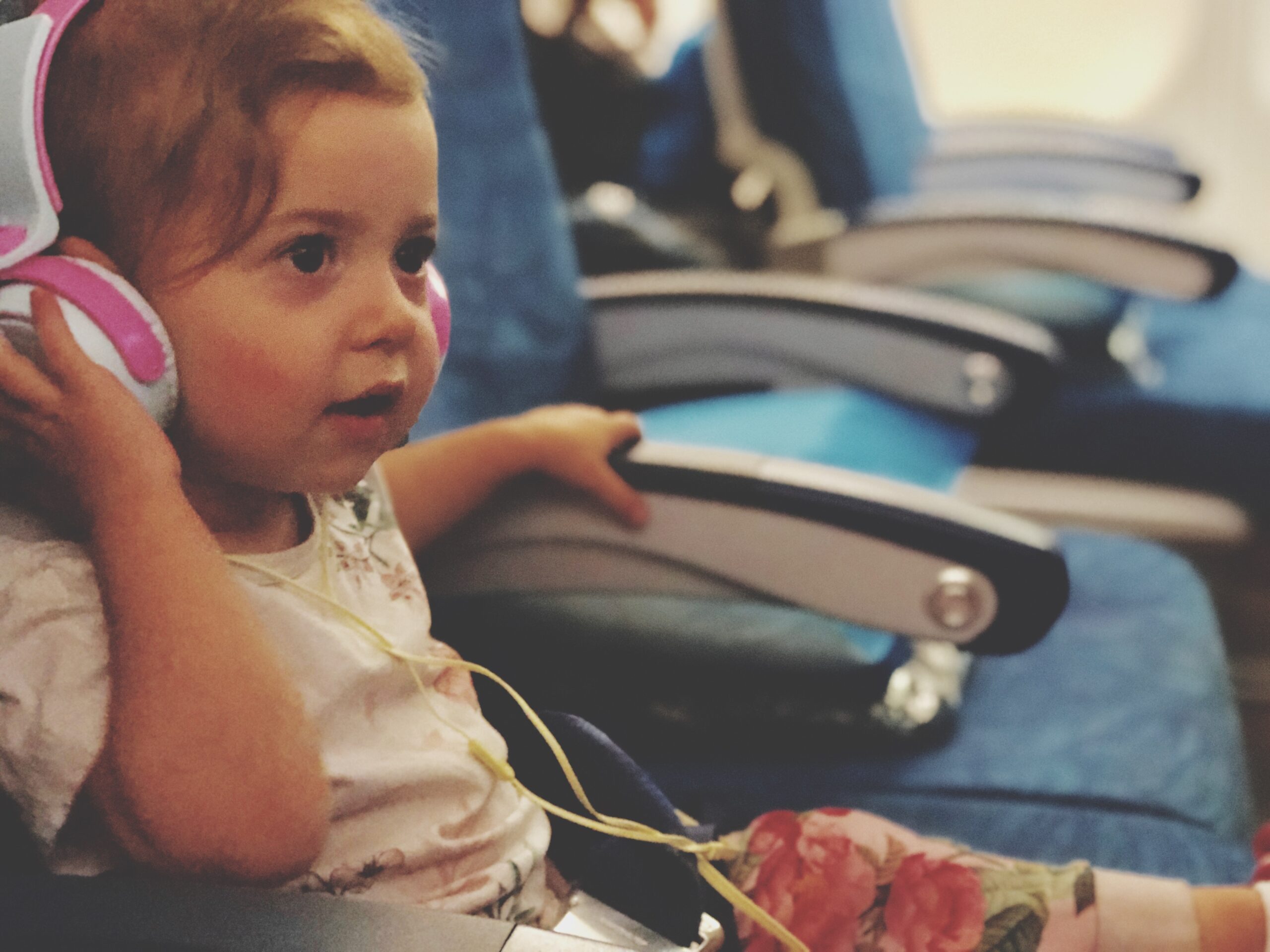Wondering how many months can a baby fly on a plane? Most airlines allow healthy newborns from the first weeks. However, timing should prioritize safety, comfort, and your pediatrician’s advice. At EAS Barcelona (EASA E-ATO-288), we champion informed, safety-first decisions for every stage of flight.
Tabla de Contenidos
ToggleThe short answer
Many families wait until the baby is a few weeks old. Some airlines set a minimum age, often around seven to fourteen days. Even so, speak to your pediatrician first. Premature babies or those with conditions may need more time. Therefore, plan with medical guidance and the specific airline policy.
Safety first: seat choice and restraint
Yes, lap infants are common. However, the safest option is a separate seat with an approved child restraint system (CRS) or aviation harness. This setup manages turbulence better. Moreover, it keeps your hands free during critical phases of flight. Check compatibility and seat width before booking. Also, avoid exit rows with CRS.
Ears, hydration, and cabin comfort
Pressure changes can bother tiny ears. So, offer breast, bottle, or pacifier during takeoff and landing. Small sips help with hydration. In addition, dress your baby in layers. Cabins can feel cool after climb. Pack a light blanket and a muslin. Consequently, you can adapt quickly without fuss.
Policies you should confirm
Airlines differ. As a result, verify these points early:
-
INF fare (<2 years): cheaper, usually no seat.
-
CRS on board: allowed models, seat location, and dimensions.
-
Bassinets: limited supply and specific rows. Book fast.
-
Stroller rules: gate-check or cabin options vary.
-
Seat assignment: families should sit together; ask in advance.
Documents and small prep that pay off
Bring ID or passport as required for your route. Likewise, carry any medical notes if relevant. Arrive earlier than usual. Gate agents can help with strollers and CRS. Pack a compact cabin kit: diapers, wipes, one spare outfit, bags for soiled items, and basic meds. In addition, include a thermometer and any prescriptions.
So… how many months can a baby fly on a plane?
Practically, it can be very early, if healthy and cleared. Yet comfort improves after a few weeks, when feeding and sleep settle. Before you decide how many months can a baby fly on a plane, align three factors: your pediatrician’s green light, airline policy, and flight length. For long haul, many parents prefer to wait longer. Still, short daytime hops can be manageable sooner.
The EAS Barcelona approach
We train airline pilots with a culture of rigorous safety: UPRT, PBN, and MCC APS included. That same mindset helps families plan smarter. First, confirm the rules. Second, choose the safer seating option when possible. Finally, communicate needs early with the airline. In short, when asking how many months can a baby fly on a plane, prioritize restraint use, clear policies, and calm preparation.
Quick checklist
-
Pediatrician’s OK and any notes.
-
Airline’s age minimum and CRS rules.
-
Feeding plan for takeoff and landing.
-
Layers, light blanket, and spare clothes.
-
Diapers, wipes, bags, and sanitizer.
-
Stroller plan: gate-check or cabin.
FAQ
Does cabin pressure harm newborns?
Usually not, if healthy. However, feeding during climb and descent helps a lot.
Is a separate seat worth it?
Yes. It improves safety and comfort, especially in turbulence.
What if my baby gets fussy?
Walk the aisle when allowed. Additionally, use white noise or soft shushing.
At EAS Barcelona, we believe planning turns first flights into smooth experiences. Airline policy can shape how many months can a baby fly on a plane in practice. Choose safety, prepare well, and enjoy the journey.
